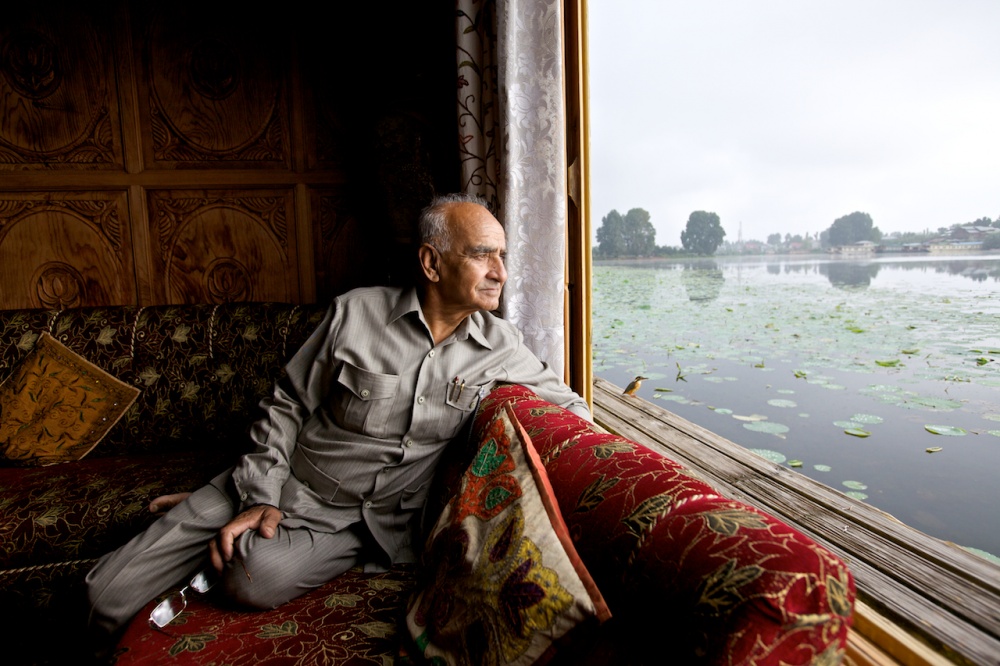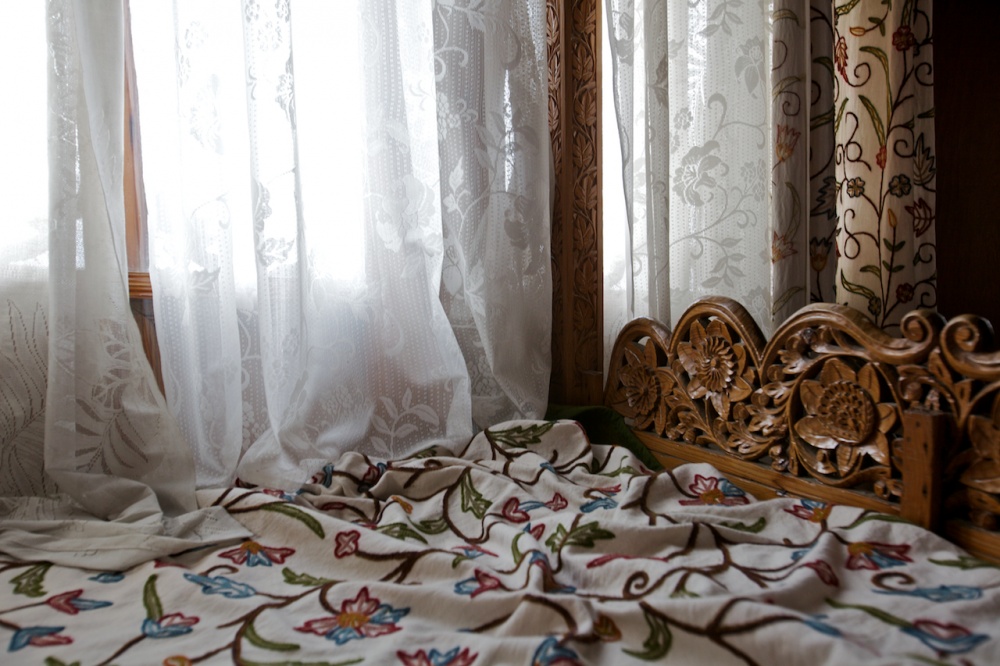The Forgotten Houseboats of Kashmir
“If the houseboats die, a part of Kashmir will die with them”
Azim Tuman, Chairman of the Houseboat Owners Association (2009)
The houseboats resting on the lakes of Srinagar are a part of Kashmir’s culture, heritage and history. There have been boats on Dal and Nageen Lake since the mid-1800s. The Indian government are now threatening to close the boats down due to the pollution they say the industry is causing to the lakes. If the government were to do this it would almost destroy Kashmir’s already crippled tourism industry. The houseboat owners are fighting the government in an on-going and lengthy court battle in order to save their boats and their home.
“Our houseboat is like our father and our child… The houseboats are Kashmir's life-blood…”
Yaseen Tuman, Mascot Houseboats, 2012
Stepping into a Kashmiri houseboat is like stepping into a forgotten past. Every piece of furniture is intricately hand carved with patterns of flowers and leaves; colourful fabrics frame the windows, and dance gently in the breeze in narrow, wooden corridors. Dinner is served on large, perfectly set walnut tables, and tea is sipped from small, delicate china teacups. Proprietors treat guests like royalty, cooking food, bringing refreshments, organising a shikara to take you across the lake. The wind gently stirs through the trees, as the call to prayer sounds its melodies between the twilight and the darkness. The history and romance of the place is tangible, it hangs on every breath.
The British originally used the houseboats to escape the stifling summer heat in the lower areas of India, during the Raj. Guests continued to enjoy the houseboats’ splendour and charm throughout the nineteenth and twentieth centuries. The houseboats flourished and the industry was booming. People visited Kashmir for its incredible beauty and tranquility; the country inspired poets, artists and writers, including Thomas Moore and Laurence Hope
“Who has not heard of the Vale of Cashmere, with its roses the brightest that earth ever gave, its temples, and grottos, and fountains as clear as the love-lighted eyes that hang over their wave?”
Thomas Moore, Esq., Lalla Rookh, 1825
In 1989 everything changed. The insurgency in Kashmir meant a total embargo on tourism. For ten years there were no tourists at all, the houseboat owners were forced to sell their antiques, jewelry and carpets, sometimes even their boats in order to survive. Visitors have slowly begun to return, but the industry is still suffering greatly due to political unrest and ongoing violence. There are sporadic periods of extreme violence, when this happens Srinagar is placed under curfew and all tourists are advised to cancel their visit.
The pollution in Dal Lake has reached crisis point, however the Houseboat Owners Association (HOA) allege that less than 12% of the pollution is attributed to their industry. A vast amount of the pollution comes from outside sources, such as the downtown area of Srinagar, where large sewage pipes empty waste directly into the lake, and people living in residential houses built on the lake, of which there are over 60,000. Dead animals and refuse clog channels that should bring fresh water in from higher lakes, and rubbish is regularly thrown into the lake. An intensive cleanup operation has been promised by the government, but so far little has been done.
The government have also promised the houseboat owners a dry dock, where they could repair their boats, and a sewage system to prevent waste entering the lake. As of 2011, neither scheme had been implemented. The owners desperately need wood to repair rotting and damaged boats and walkways, but cannot afford the high prices of the cedar wood needed. Without the necessary repairs the boats will eventually sink into the lake, as many already have. The authorities have banned people from building new boats and make it difficult for the owners to renew their permits. Houseboat numbers are falling all the time as owners are forced to sell, or boats become too rotten to repair. In 1947, HOA estimates there were 3,500 houseboats on the lakes of Kashmir, today there are fewer than 800.
Some houseboat proprietors received loans in 2000, many of which cannot be repaid due to financial hardship. The government are now offering additional loans, but without business these are also unlikely to be repaid. Many of the houseboat owners and their families are living in poverty, unsure of their children’s future. The houseboats have been passed down through families from generation to generation; if the boats are closed hundreds of families will lose not only their livelihoods, but also their heritage, their homes, and the only way of life they know. The houseboat owners believe that if nothing changes, the entire industry will disappear within the next twenty years; Kashmir’s houseboats will remain only in books.
“The houseboats cannot die, they are Kashmir.”
Abdul Gaffar Kolu, Houseboat Pride of Kashmir











































